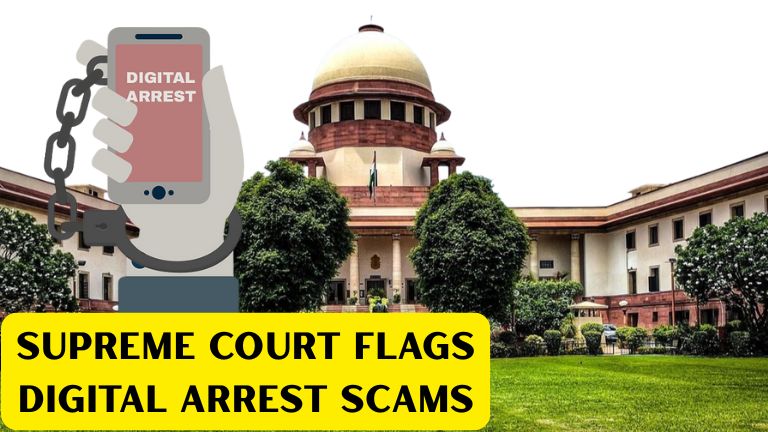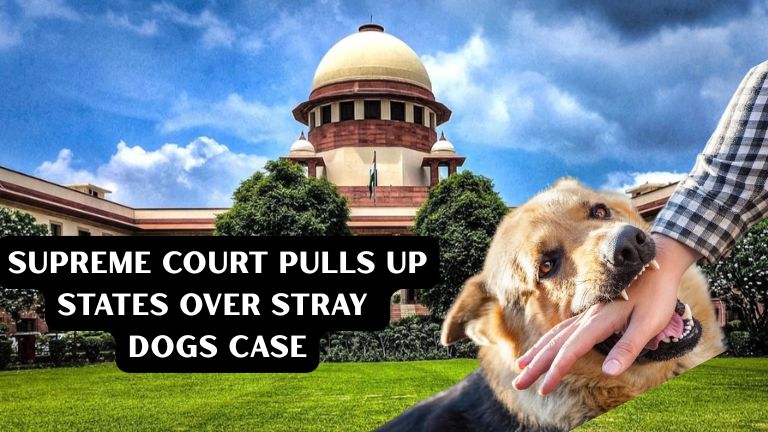C.K. Prasad, J.
Defendant tenant has preferred this appeal against the judgment and decree dated 27-2-1986 passed by the IInd additional District Judge, Raigarh
in C. A. No. 9-A/84 affirming the judgment and decree dated 3-12-1983 passed by the 1st Additional Civil Judge, Class II, Raigarh, decreeing
the plaintiff''s suit for eviction.
By Order dated 13-7-1988 the appeal was admitted for final hearing on the following substantial question of law :-
Whether, in view of the facts and circumstances found by Courts below particularly the contradictions noticed by the lower appellate Court, the
requirements of Section 12(1)(f) can be said to have been complied with?
By Order dated 25-3-1994, this Court decided the aforesaid substantial question of law against the defendant in the following words :-
10. It is no doubt true that the landlord''s ipse dixit is not to be accepted and he has to prove the bona fide need of the suit accommodation. The
Courts below have duly appreciated the evidence and accepted the explanation of the landlord. It is not open to this Court in second appeal to
reappreciate the evidence and substitute its conclusion for the one reached by the Courts below. It cannot be said that in accepting the explanation
of the landlord, the Courts below were unreasonable or the finding recorded by them is such which can be termed as ''perverse''. Same is the
position about the finding on non-availability of the alternative non-residential accommodation.
It is relevant here to state that during the pendency of the appeal the tenant filed an application Under Order 6, Rule 17, CPC and the same was
disposed of by the said order in following terms :-
12. Lastly the learned counsel for the appellant pressed his application Under Order 6, Rule 17, CPC for amendment of the written statement to
bring on record subsequent events. It is stated that the landlord has constructed three shops in a row in the same building which would satisfy his
alleged bona fide need of opening a shop for business of pesticides. The tenant has filed on record with a separate application certain photographs
to show that three shops in a row have been constructed. The landlord has filed a written reply in which construction of three shops in a row has
been denied. It is stated that the landlord has obtained a sanction for reconstruction of his old residential portion. The plea by way of amendment
raised cannot be considered without recording the evidence of the parties. It is now well settled that the subsequent events can be taken note of
and considered in appeal.
I, therefore, allow I.A. No. 7841/93 for amendment in the written statement.
Since this is an old case of eviction filed in the year 1978, I would retain seisin of the case and remit only the following issue to the trial Court for its
determination and finding within two months from today :-
Whether, during the pendency of the appeal, the landlord has constructed three new shops in a row and whether they satisfy the alleged bona fide
need set up by him for opening a new shop of pesticides?
In pursuance of the aforesaid order, first civil Judge, class II, Raigarh submitted its finding and it held that during the pendency of the appeal shops
have not been constructed but the construction made is a residential house. Accordingly, the finding was recorded against the tenant. It is worth
while mentioning here that while calling for the aforesaid finding, in view of the fact that the suit for eviction was filed in the year 1978, this Court
retained seisin of the case.
Shri Ravish Agarwal, appearing on behalf of the plaintiff-respondent submits that the aforesaid finding being finding of fact, this Court is precluded
from appreciating the evidence in the present second appeal. Shri Deoras, however, submitted that as the finding of the trial Court has not been
routed through the lower appellate Court, the tenant cannot be prevented to pursuade this Court that the finding recorded by the trial Court is
erroneous. At the first sight, I was inclined to remit the matter to the lower appellate Court to consider the finding of the trial Court and submit its
findings to this Court but for the reasons stated by this Court in its Order dated 25-4-1994 that the suit for eviction was filed in the year 1978. I
am not inclined to do the same. As the finding has not been routed through the Lower Appellate Court, I am of the opinion, that defendant cannot
be shut out from contending that the finding recorded by the trial Court is erroneous. P.W. 1 Suresh Kumar Borilal has stated in his evidence that
the plaintiff after demolishing his old house has constructed the new house which is adjacent to the shop where the defendant is carrying on his
business. P.W. 2 plaintiff, has stated in his evidence that adjacent to the suit accommodation he had his residential accommodation, as the same
being old, after demolishing the same a new house has been constructed. It is relevant here to state that the photograph of the house after
construction has been marked as Ex. D.Ka. According to this witness the said photograph was taken when the house was incomplete. Another
photograph of the house after construction has been placed on record as Ex. D.1. This witness has stated that the places shown as letters ABC in
Ex. D. 1 are not shops but accommodation for residential purposes.
A perusal of the photographs Ex.D. Ka and Ex. D. Kha, it appears that the place shown as Aa Ba Sa, it is open from the road side and from the
photograph Ex. D. 1, it appears that same has been covered by wall. P.W. 2 the plaintiff, in his evidence has stated that the pillar as shown in the
map (Ex.D. 1) has been constructed for putting column for construction of the roof. He has further stated that the height of the roof at the place is 6
feet (six feet) and the distance between the 2 pillars is 6 feet. P.W. 3 Vijay Kumar Modi has stated in his evidence that the plaintiff has constructed
the new house after demolition of his old residential house and in the same place there is no shop. DW 1 is the defendant himself who has stated in
his evidence that the plaintiff after demolition of his old house has constructed the new house in which in the ground floor 3 shops have been
constructed and in the first floor he has constructed one hall and two rooms. He has further stated that there are projections (Barja) of the three
shops and the front portion has been kept open for the purpose of putting the shutter. From the evidence of the plaintiff as also the defendant it is
clear that construction of the size of six feet in front and six feet in height exists, which has been closed by wall. Shri Deoras appearing on behalf of
the defendant submits that in fact the plaintiff has constructed three shops, which would be apparent from the nature of construction and left the
space for fixing the shutter, so that the said construction may be used as shops but in order to defeat the defendant''s case the same has closed by
wall. According to the plaintiff''s own evidence the distance between the two pillars is six feet and the height, of roof is also six feet. Further the
construction of loft in between the aforesaid construction and the first floor clearly show, that in fact, the construction is of the nature of the shop. It
is relevant here to state the plaintiff has not placed on record the map sanctioned by the competent authority to demonstrate that the map was got
sanctioned for construction of accommodation for residential purpose. Cumulative effect of the evidence of the plaintiff as also the defendant and
their witnesses and omission to place on record the sanctioned map, lead me to conclude that in fact the construction made by the plaintiff was of
the nature of shops but the same has been covered by wall.
Shri Agarwal submits that even if it is held that the construction in fact was of the nature of the shops but the same has been covered and the same
being not fit for shop, the plaintiff cannot be non-suited. He submits that plaintiff cannot be precluded from defeating the case of the plaintiff by
recourse to legitimate and legal means. In support of the aforesaid submission, he has placed reliance on an unreported decision of this Court dt.
22-3-1965 passed in second Appeal No. 414/1962 and my attention has been drawn to the following passage from paragraph 7 of the said
judgment which reads as under :-
7. Law does not permit a landlord to evict a tenant occupying premises for his residence for the non-residential needs of the landlord, but it does
not prohibit him from making the best use of the premises in his occupation, whether it be for his residence or for his business. It would be putting
an unwarranted fetter on the right of a landlord to hold that he shall not do so. It may be that in some cases this may reduce the area in the
occupation of the landlord for his residence which may give him a right to claim the eviction of his tenant for his bona fide needs provided he is able
to establish that he ''genuinely required the accommodation in question for his own residence''. The fact that the landlord was himself responsible
for creating the situation, whereby the premises in his occupation became insufficient for his needs, will not deprive him from exercising his legal
rights under the Act"".
I am not at all impressed by this submission of the learned counsel. True it is that there is no fetter on the right of a landlord to make construction of
his choice but in case it is found that landlord has taken recourse to an act, which originally he did not intend but later on resorts to the same for the
purpose of defeating the right of the tenant or deflect the course of justice, same can be considered to appreciate the availability of suitable
alternative accommodation. Here in the present case, the plaintiff made construction for the purpose of shops, closed the same to overcome the
rigours of law. In my opinion, such attempt by landlord to defeat the protection given to the tenant is illegitimate. It is to be borne in mind that a
litigant who takes shelter of illegitimate means cannot get shelter in a Court of law for the relief. Generally speaking availability of alternative suitable
accommodation has to be seen on the basis of nature of the existing accommodation and not on the basis of in what manner the same is capable of
being used but the aforesaid rule in my opinion has an exception, i.e. when an act has been done by the landlord to defeat the protection granted to
the tenant, the Court can see the nature of the construction made to consider the question of alternative suitable accommodation and not in what
shape the same exists. As held earlier plaintiff constructed shop but in order to defeat the right of the tenant, closed the same by putting a wall.
For the reasons stated above, I have no hesitation in holding that the plaintiff is in possession of suitable alternative accommodation to satisfy its
need and no ground for decree for eviction is made out.
In the result, the appeal is allowed and the judgment and decree of the Courts below are set aside with cost. Counsel''s fee Rs. 1000/-.

